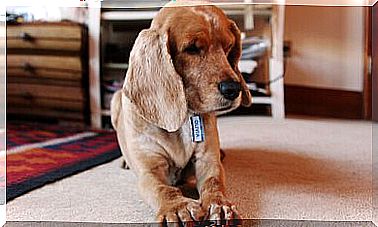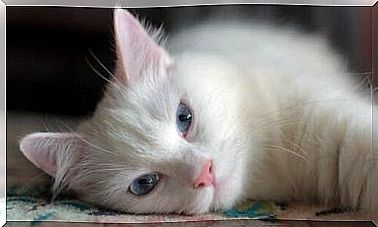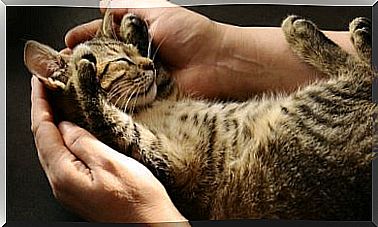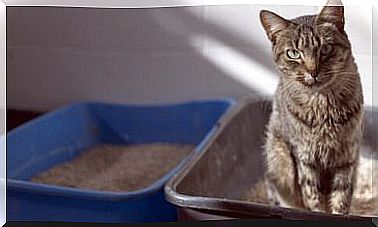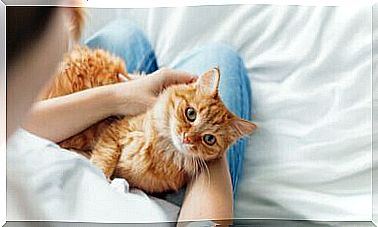AIDS In Cats… An Eye Open For Prevention!
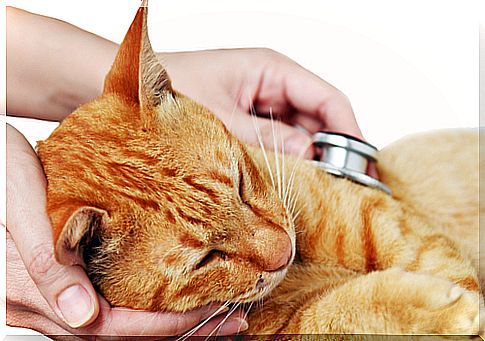
Normally, when we talk about illnesses in our pets, it is a very sad subject, but you must know them to seek the proper treatment and, especially, prevention. Today we are going to address a feared and dangerous disease, we are referring to AIDS or Feline Immunodeficiency Virus (FIV).
This disease affects domestic cats. According to statistics, 11% of cats in the world are infected with FIV. It is important to distinguish the disease from the feline leukemia virus.
We will explain how this disease is treated, the symptoms, how it spreads and what precautions should be taken .
AIDS in cats
Despite being popularly called AIDS, we are talking about the feline immunodeficiency virus (FIV), which is one of the biggest illnesses a cat can have.
Despite not being transmitted to humans, contagion between felines is easy, and the worst thing is that there is still no vaccine against the disease.
FIV is the only non-primate lentivirus, a virus with a long incubation period associated with neurological and immunosuppressive diseases, that causes a syndrome of suffering similar to AIDS in humans, although death is not always the result, animals can live for many. years, however, they become carriers of the disease.
Therefore, it is very easy for your cat to contract FIV in case of escape. Contamination is related to contact with other cats that have the disease.
Symptoms of AIDS in Cats
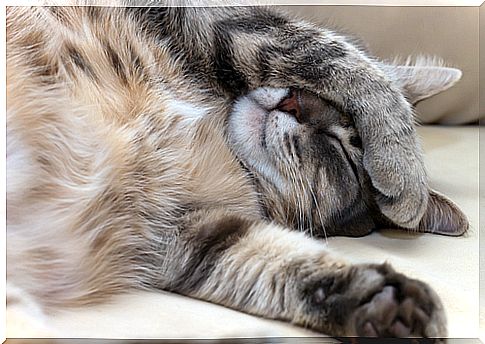
At first, the cats may not show any symptoms, but it may happen that the cat loses a lot of weight for no apparent reason.
This disease acts mainly by destroying the cat’s defenses, causing some symptoms such as fever, diarrhea and even changes in breathing.
In the later stages, the cat may experience extreme anorexia and even behavioral changes.
In some cases, inflammation of the tongue and gums is also common . Diarrhea can also become chronic.
At this stage of the disease, the cat’s defenses are extremely weak, so it will be even more likely to be infected by some disease, so special care must be given to the animal during this period.
how is transmitted
AIDS in cats is transmitted through saliva and blood. Stray cats are the most likely to get the disease, because if one infected cat injures the other in a fight, the chances of contagion are greater.
It has been found that, in most cases, the disease has attacked cats aged 5 to 10 years and that crossbred cats are more prone.
They also say that neutered cats are less likely to develop this disease because they don’t keep in contact with female cats in heat.
The virus can also be transmitted when the mother is pregnant.
, through the placenta. There may also be cases of infection from breastfeeding.
Thus, it is recommended that if you are adopting a cat or welcoming an animal that used to live on the street, before taking it to your home, go to the veterinarian for several tests to be carried out, so you will have adopted the necessary measures to avoid the spread in more cats.
Prevention is the best option
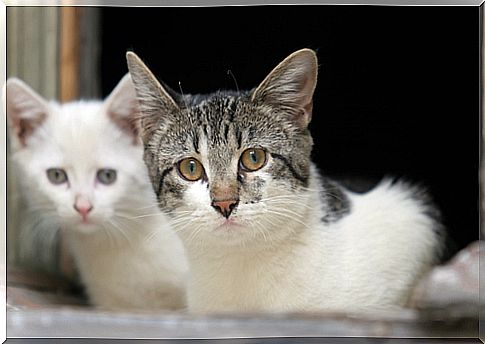
As with all diseases, prevention is the most important, this way we prevent our pet from suffering from diseases as terrible as FIV, which there is not even a vaccine to treat.
You have to be careful that your cat doesn’t relate to stray cats or cats that you don’t know the origin of.
If your cat escapes and spends a lot of time on the street, or is injured in a fight, it is very important that you get tested, because if the disease is detected early, it is possible to strengthen your cat’s immune system.
We also recommend that, in addition to eating a proper diet, you strengthen your cat’s immune system. You can consult your veterinarian to prescribe some food supplements. Some natural vitamin supplements, such as spirulina.
This will prevent not only the AIDS disease, but other possible illnesses that may occur in your pet.
